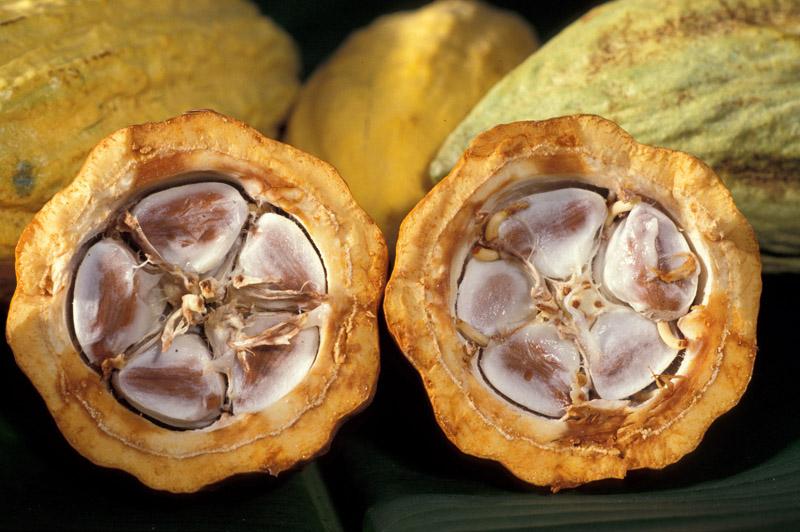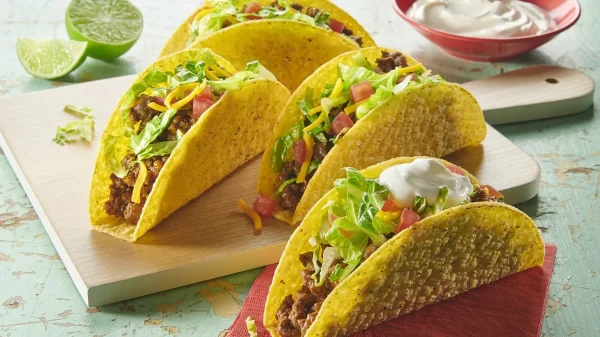From Beans to Bars: Chocolate
The inside of the cacao plant look like something out of a Dr. Suess book.
In all honesty, if someone were to see this plant, why would they ever have the desire to eat it? The plant itself looks like something out of a Dr. Seuss story, all red and shaped like a large lemon. On the inside, there’s what looks to be an oddly shaped spiderweb of materials, which are really the seeds.
What am I talking about? Chocolate. Or more importantly, the pods that hold the chocolate: that sweet treat one can find in practically any gas station, easter basket, and of course, heart-shaped boxes. What a lot of people don’t know is how those unearthly looking pods became the sweet treat we all enjoy.
“I think it would interesting to see the process of turning cacao beans into chocolate,” junior Christopher Johnston said.
The first step is the harvesting of the seeds. The seeds are brought to a factory where they are sorted by weight and type. Some companies use up to 12 different types of cacao to produce their chocolate. After being sorted, the seeds are baked at around 250 degrees to bring out their flavor and prepare them for the next step.
After being baked, the outer shell of the beans is withered away. The remains are removed, leaving the beans or nibs. These are what will be made into chocolate. The nibs are crushed and made into a thick paste-like powder, which by itself, is bitter and bland.
The chocolate powder is then changed to a liquid called chocolate liquor (no alcohol is actually added). To sweeten this, chocolatiers add sugar, vanilla, milk and cocoa butter.
Sure, you could eat this mix alone, but you’d much rather wait a few more steps to get that perfectly designed piece of brown-barred gold. The taste of these materials mixed together is pretty good but the ingredients are not uniformly mixed. To make these ingredients conform, they are added to a machine that mashes and swirls them together. Cocoa butter and other ingredients are added again to make that silky smooth texture we know and love.
The final steps are what you might think: stirring, letting it cool and heating it up again. This process is repeated several times until the mixture is melted and properly mixed. The chocolate mix is added into a mold, where it is cooled and then, finally complete.
According to Chocolate University, chocolate can be processed as almost 40 different types. From unsweetened chocolate to chocolate oil, cacao beans are made into a variety of sweets.
“I don’t like very many types of chocolate but if I had to choose one, I would go with white chocolate,” senior Sage Petrusa said.
So whether it be Dove, Ghirardelli, or Cadbury that you’re deciding to give your significant other, just remember that it all started from an oddly shaped, Dr. Seuss-looking pod in the rainforest.
























































